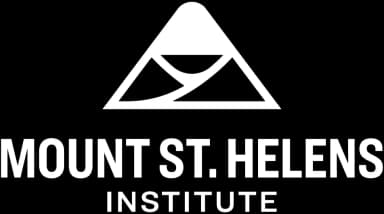We use cookies to improve your website experience. Essential cookies are required for the site to function properly, while analytics cookies help us understand how visitors use our site to make improvements. You can choose to accept all cookies or only the essential ones.

Science at Mount St. Helens
Research at Mount St. Helens
The World's Greatest Living Laboratory!
There is so much amazing work going on at Mount St Helens! Scientists continue to study geology, ecology, hydrology, fluvial geomorphology, and more in the living laboratory created by the 1980 eruption.
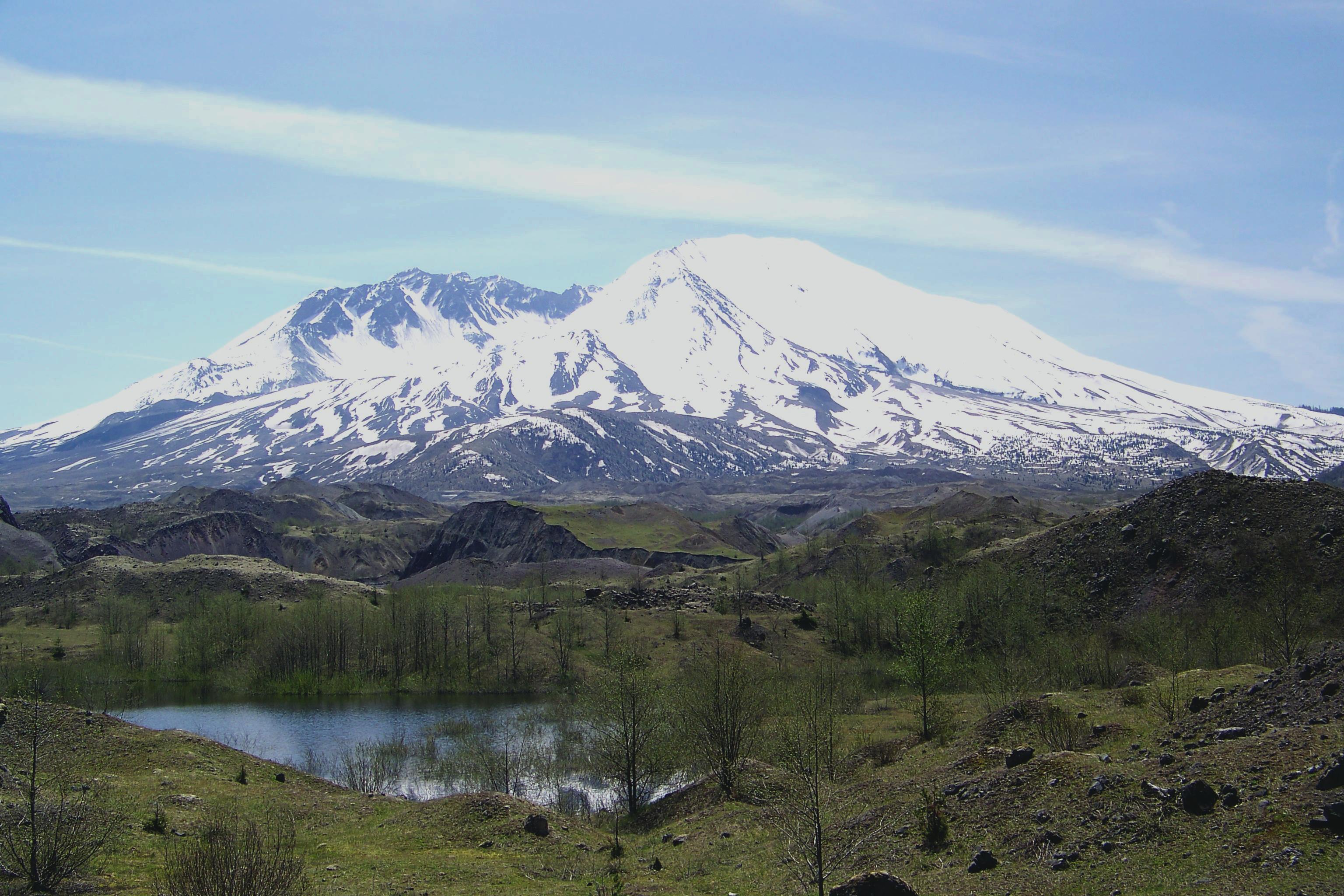
US Geological Survey: Mount St. Helens
The U.S. Geological Survey monitors Mount St. Helens 24/7. View the same data as the scientists at the Mount St. Helens page!
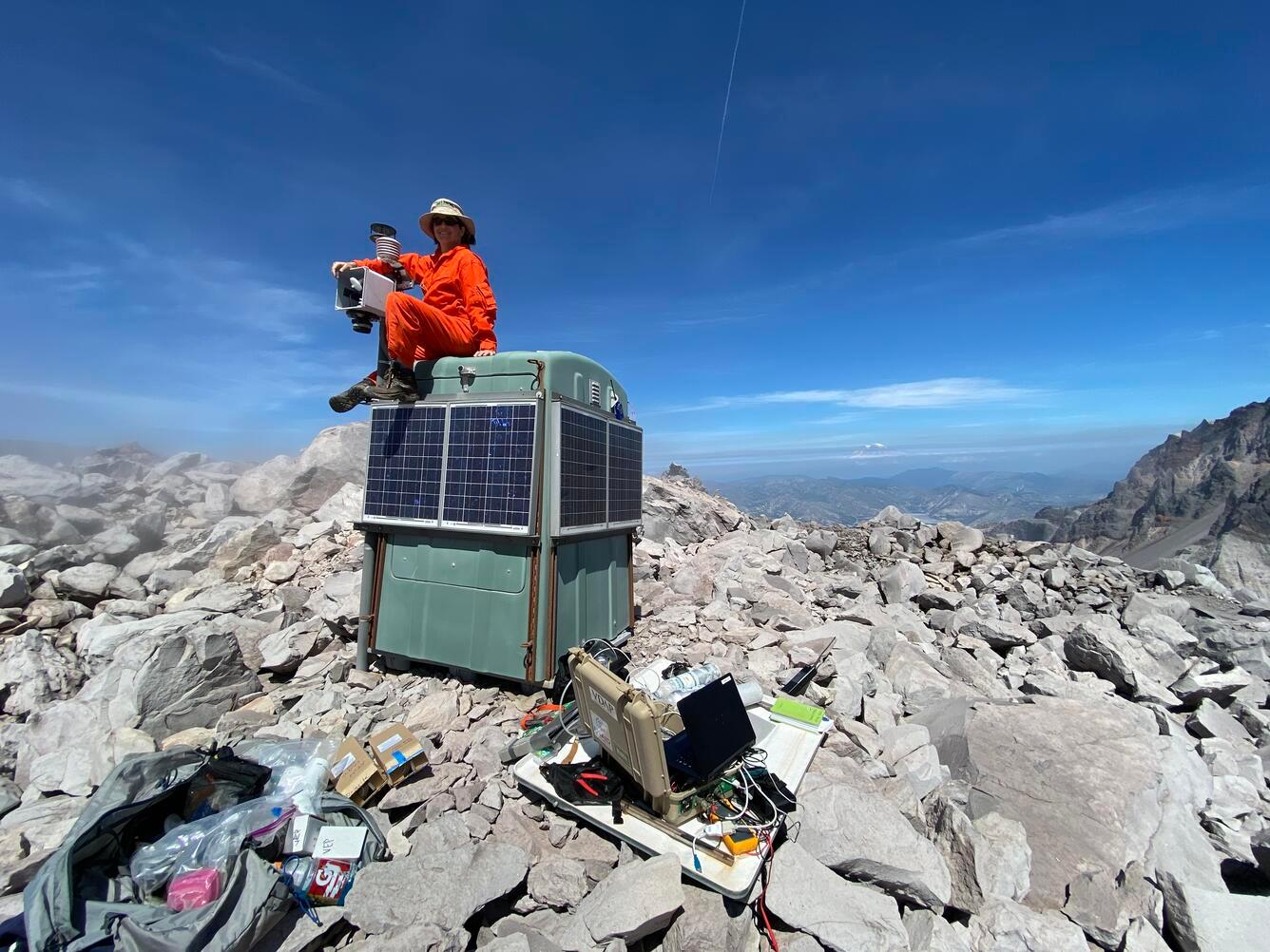
Cascades Volcano Observatory (CVO)
CVO, a station of the U.S. Geological Survey, monitors volcanoes in the Cascade Range in Washington, Oregon, and Northern California. They conduct research, have information about volcanic hazards, and monitor volcanic activity.
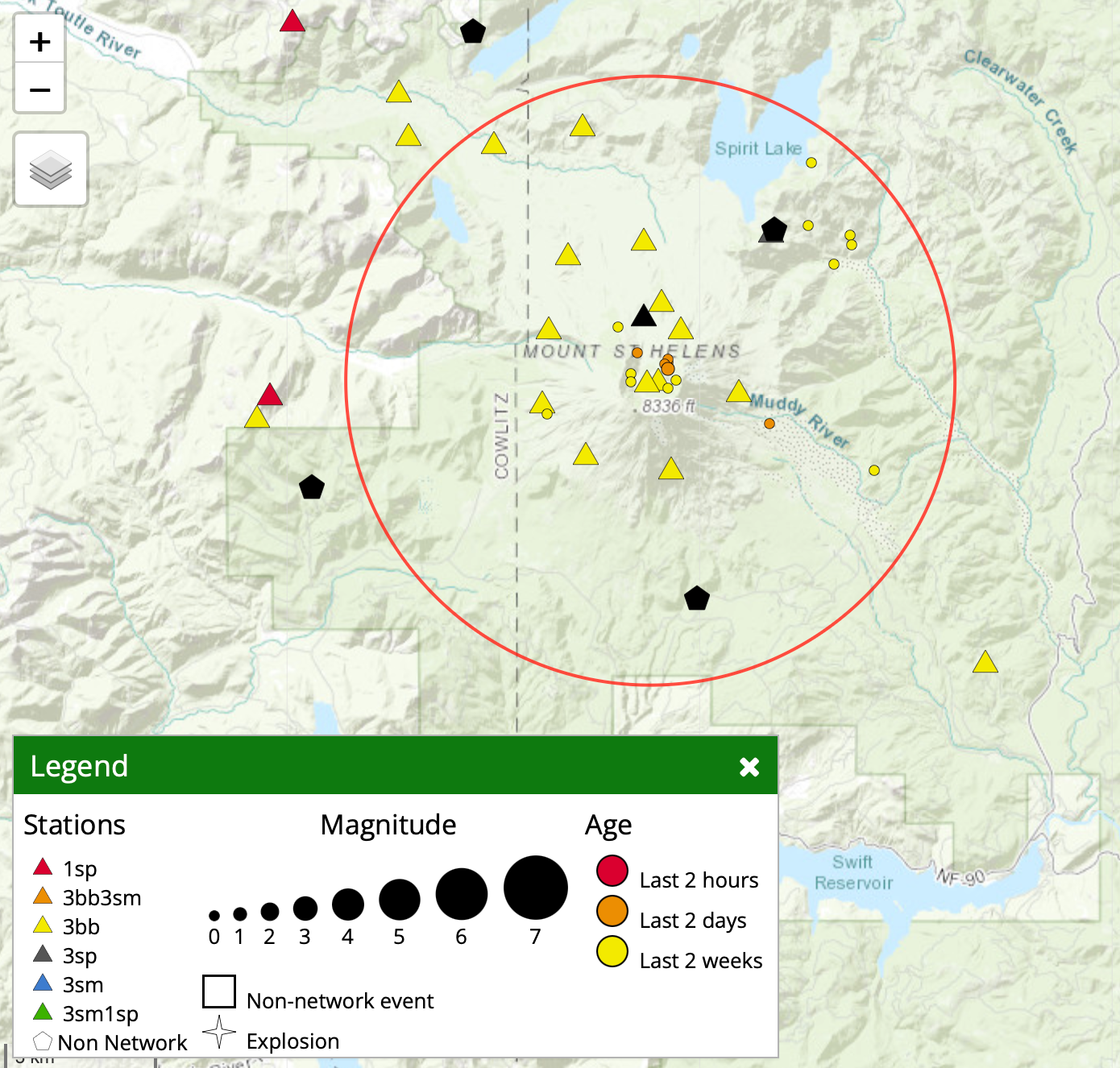
Pacific Northwest Seismic Network
The PNSN monitors seismic activity in the Pacific Northwest. See earthquake location, magnitude, and timing on their website.
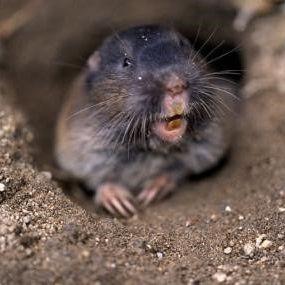
Pacific Northwest Research Station
A research arm of the US Forest Service, the Pacific Northwest Research Station provides valuable research about natural resource topics from ecology to fire science and forestry to wildlife management.
Current Research at Mount St. Helens
Scientists around the globe continue to research Mount St. Helens, the effects of the 1980 eruption, the ecological recovery after the eruption, and the ways human activities affect recovery. Here are some of the scientists doing great work at Mount St. Helens.
John Bishop, Washington State University - Vancouver
John studies the response of populations, communities, and ecosystems to catastrophic disturbance.
Virginia Dale, University of Tennessee
Viriginia's area of focus includes sustainability and ecosystem management in the context of large disturbances and climate change.
Katey Queen, Western Washington University
Katey studies explores terrestrial and aquatic interactions in the ponds created in the hummocks of the Mount St. Helens debris avalanche.
